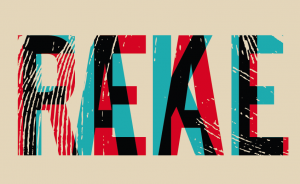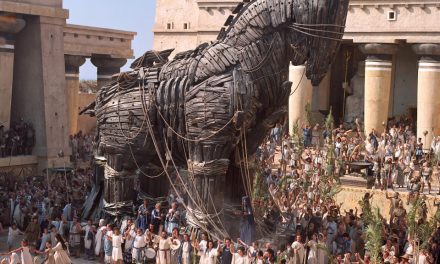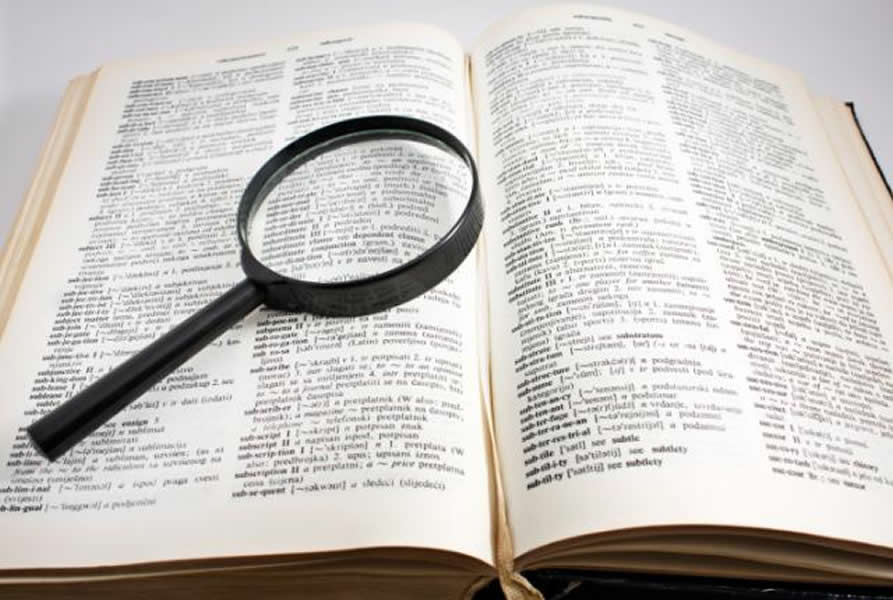 A lot of what we think we “know” to be true can sometimes turn out to be no more than clever fiction. Something that is just believable, or “sounds ok”. Nevertheless when we discover its not quite as we thought we feel foolish as if we should have always known it was fallacious. The problem seems to only be getting worse with the advent of the internet and its ability to perpetuate half truths and down right falsehoods around the planet in minutes. Add to that the self-appointed “warriors of knowledge” roaming the internet determined to name, shame and call out every suspect opinion and “false fact” and and you get a rather intimidating environment in which you hesitate to claim anything as “fact”. So, to take time out from this “melange of myths, mistakes and manifest truths” … we’ve got a list of literary facts (or not) as the case may be. But can you tell the fact from the fiction ? (And by the way we won’t be judging you if you ge them all right or all wrong! 🙂 )
A lot of what we think we “know” to be true can sometimes turn out to be no more than clever fiction. Something that is just believable, or “sounds ok”. Nevertheless when we discover its not quite as we thought we feel foolish as if we should have always known it was fallacious. The problem seems to only be getting worse with the advent of the internet and its ability to perpetuate half truths and down right falsehoods around the planet in minutes. Add to that the self-appointed “warriors of knowledge” roaming the internet determined to name, shame and call out every suspect opinion and “false fact” and and you get a rather intimidating environment in which you hesitate to claim anything as “fact”. So, to take time out from this “melange of myths, mistakes and manifest truths” … we’ve got a list of literary facts (or not) as the case may be. But can you tell the fact from the fiction ? (And by the way we won’t be judging you if you ge them all right or all wrong! 🙂 )
A Fiendish Foolish Quiz
1. In the 1980s, John Steinbeck’s novel The Grapes of Wrath was translated into Japanese as ‘The Angry Raisins’. |
Answer...FALSE : That great website of debunkery, Snopes, deals with it here : ‘Grapes of Wrath’ Japanese Mistranslation |
2. Ray Bradbury’s novel Fahrenheit 451 is so named because book paper almost always catches fire and burns at 451 degrees Fahrenheit |
Answer...FALSE : Contrary to what Bradbury says at the start of his novel, Fahrenheit 451, book paper almost never catches fire at 451 degrees Fahrenheit – there is no set temperature for the auto-ignition of paper. The temperature is usually much higher (nearer 480 degrees). |
3. One of Dylan Thomas’s first published poems was plagiarised from a comic called the “Boy’s Own Paper” and wasn’t discovered for 40 years. |
Answer...TRUE : Thomas himself appears to have admitted the theft in an autobiographical story of 1940, 13 years after the poem had appeared in print. |
4. In 1910, Virginia Woolf and her friends dressed up as Abyssinian royalty and succeeded in tricking the British Royal Navy into giving them a guided tour of the HMS Dreadnought. |
Answer...TRUE : Remarkably this is true. On 7 February 1910 members of the Bloomsbury group of writers and artists donned beards and costumes to disguise themselves as Abyssinian princes and gained access to the pride of the British naval fleet.. |
5. Ironically, there is a CCTV camera outside George Orwell’s old house – directly beside a blue plaque commemorating the man who wrote ‘Big Brother is watching you’. |
Answer...FALSE : A photograph often does the rounds on Twitter and other websites, but it is not true, alas – the irony would be too delicious! |
6. Herman Melville’s classic novel Moby-Dick gave the coffee-house chain Starbucks its name. |
Answer...TRUE : Interestingly though “Moby-Dick” wasn’t a classic in Melville’s own lifetime. For example between 1863 and 1887, an average of 23 copies of Moby-Dick were sold each year. However it now sells more copies each year than were sold in the entire 19th century. |
7. Robert Browning used the word ‘twats’ in his 1841 poem “Pippa Passes”, because he thought that the word referred to ‘a piece of headgear worn by nuns’. |
Answer...TRUE : Browning had come across the word ‘twat’ in an old bawdy poem called ‘Vanity of Vanities,’ a poem of 1660, which contains the misleading lines: ‘They’d talk’t of his having a Cardinalls Hat, / They’d send him as soon an Old Nuns Twat.’ He got the wrong end of the stick and thought this must be part of a nun’s habit. His friends were too embarrassed ever to broach the subject with him. |
8. An Italian translation of Orwell’s “Nineteen Eighty-Four “has the clocks striking ‘uno’ instead of thirteen because, according to the translator, ‘Italian clocks don’t go up to thirteen’. |
Answer...TRUE : This appears to be true. |
9. Queen Victoria enjoyed Alice’s Adventures in Wonderland so much that she requested a first edition of Carroll’s next book. Carroll duly sent her a copy of the next book he published – a mathematical work with the exciting title “An Elementary Treatise on Determinants.” |
Answer...FALSE : Unfortunately, like most good anecdotes, this one isn’t true: Carroll himself denied this exchange ever happened. But it does encapsulate Carroll’s double life as both conservative Oxford mathematician Charles Dodgson and radical children’s author Lewis Carroll.. |
10. The Woozle effect is the name given to the phenomenon when an incorrect fact is repeatedly cited, and thus attains the status of urban legend. |
Answer...TRUE : The phenomenon is named after the ‘Woozle‘, a fictitious animal which features in Winnie-the-Poo. Pooh and Piglet go hunting for the fabled Woozle, but they are unsuccessful. Christopher Robin later explains that they have in fact been following their own tracks around a tree. |
RELATED ARTICLES
 |
What is the origin of April Fools Day ? |
 |
Some Famous April Fool Funnies |





